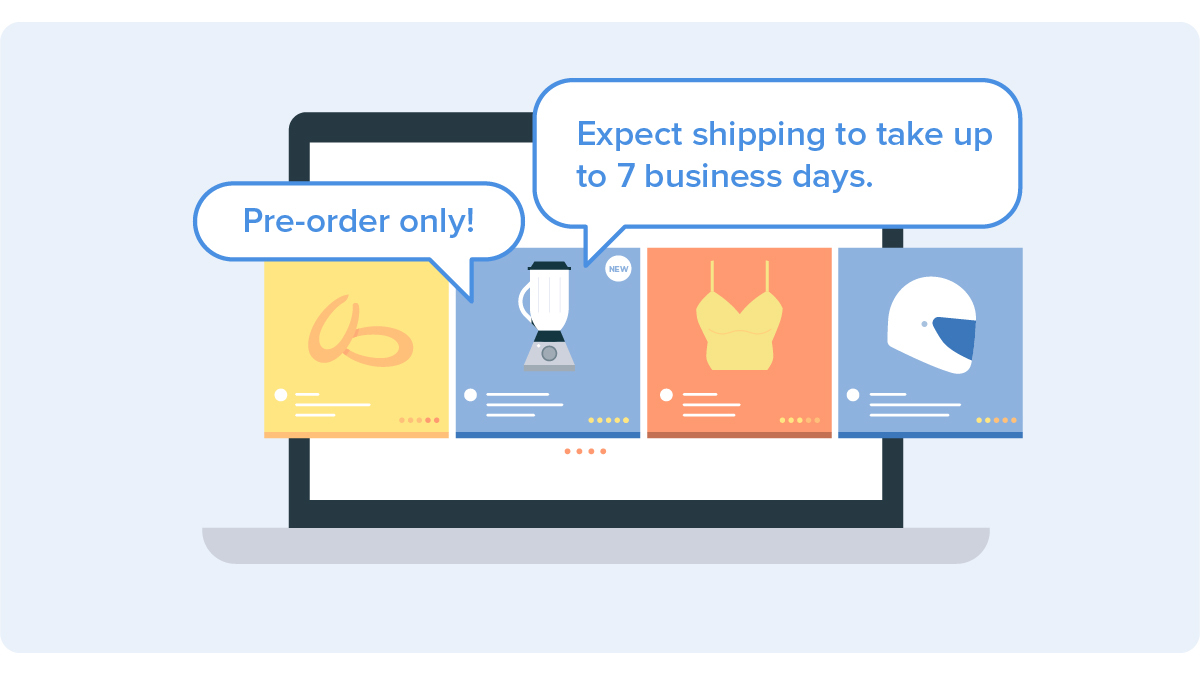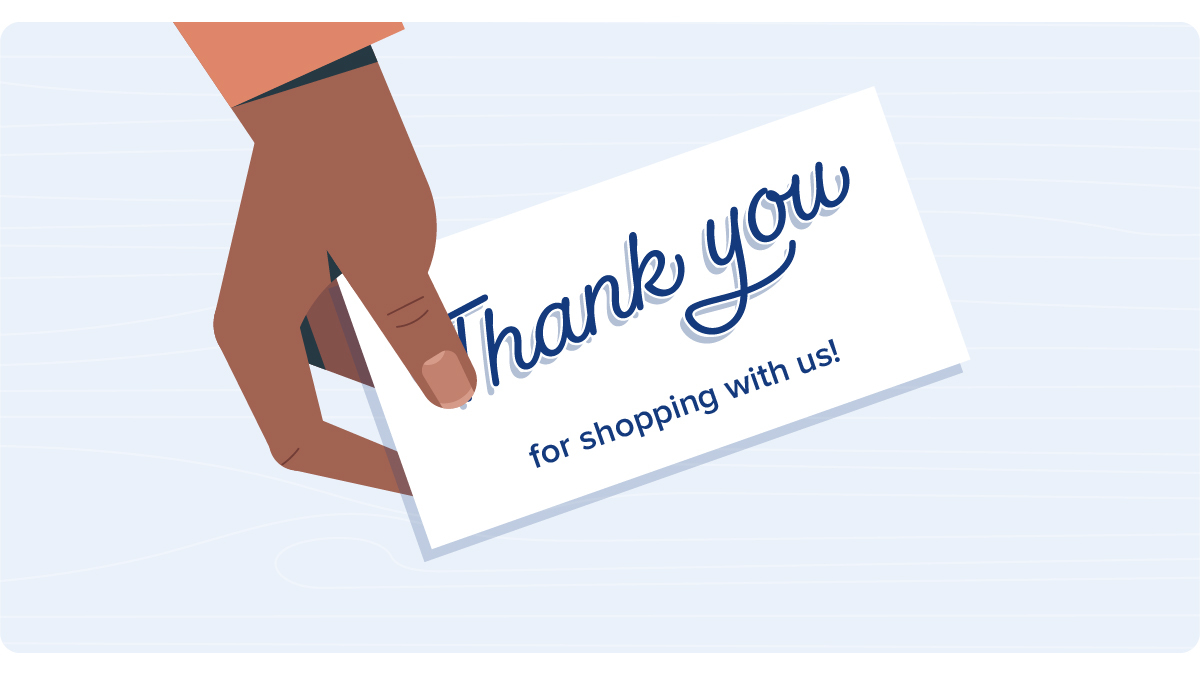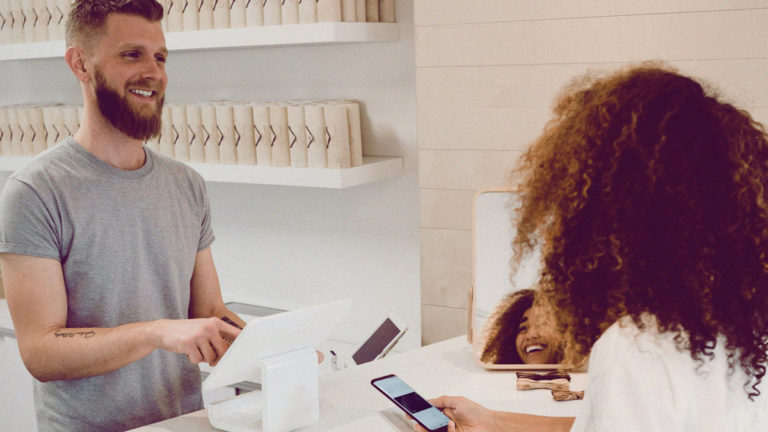How to build rapport through active listening

Christine
29 Apr, 2021
Words are cheap when there’s no heart behind them. As people, it’s important that we feel heard and understood. Building a strong rapport is a combination of the way we speak, as well as truly listening to what the customer is saying.
What is the fastest way to let potential sales fall through the cracks? Inattentive listening and careless responses. When a consultant doesn’t listen with the intent to understand, they will never be able to meet the needs of their customers.

The following techniques will highlight the interdependence between the art of listening and responding, and teach you how to build rapport with your customers.
1. Make sure you listen to what your customer is saying
People often disconnect and lose interest in a conversation when people talk at them. It is important to start an interactive dialog with a focus on active listening. People love to talk about themselves and enjoy when others are interested in what they’re saying. When a customer feels like you are actively listening, you’re more likely to have a positive interaction. Your customer will feel valued, understood, appreciated, and respected. According to David Jacoby, research suggests that we only remember 25-50% of what we hear. That means that we miss up to 75% of what the customer is saying!
Read more: How to build rapport with your customers to increase sales
2. Be honest in your response
The golden rule is always to underpromise and overdeliver. Never make a promise of goods and services that won’t be honoured, no matter how small the promise! Be truthful and upfront with timelines. Always anticipate and include an allocation for possible delays. When expectations are managed and upheld, trust is developed. However, if you overpromise and underdeliver, the opposite effect can take place – your customer will lose faith in your service entirely.

3. Respond with positive engagement
Customers will pick up on bad attitudes and a lack of energy. Customers are more engaged by positive attitudes. They will project these positive feelings to the concept or product being discussed. Warmth and a friendly attitude will warrant the same reaction in return. Any attempts to fake friendliness will be noticeable and can be counterproductive. If you care about your customers, they will value you.
4. Be patient
Slow and steady wins the race. More often than not strong rapport can’t be built in one encounter. Take your time by cultivating these relationships. Let your customer’s level of disclosure be your guideline. It is important to not be too pushy and rather solicit multiple interactions. Welcome your customer back and always offer future support and guidance.
5. Be authentic
Throw away the sales pitch and start to get to know your customer. Sales pitches come across as inauthentic and will put off your potential buyer. Show genuine interest in who your client is and what their needs are. This will help you decipher how to fit what you are selling into their range of needs.
People buy from people, but more importantly only people they like! Every human talks with the intent to be heard. You can build a connection with your customers by having authentic interactions with them. When you find out who they are, you will know what they need or how to solve their concerns. The more you seek to understand, the more they will be willing to share. This will require a lot of ego suspension, we will touch more on this topic in a later article that explores the value of authenticity.
Read more: 8 communication tips for success in sales
6. Respond with thoughtful, giving gestures
The power of thoughtfulness heavily strengthens rapport. This doesn’t mean giving your customers presents but is rather about consideration. The thoughtful gesture of a handwritten “Thank you” letter goes a long way. Gestures that reference past conversations will validate that they were heard. This can also be demonstrated by the use of generous words and thoughtful compliments. The more personalised, the better! This final gesture proves to the customer that you have connected with them.

The purposeful dance between listening and responding is fundamental for unforgettable rapport. How do we make sure our engagement isn’t being interpreted as inauthentic? We make sure that we interact with a suspended ego. One does not need a psychology degree to understand that humans desire to be treated with authenticity and respect. In my next article, I’ll look at the value of authenticity, with tips on how to develop a genuine connection with your customers.
Related articles

How to build rapport with your customers to increase sales
How can you connect with customers, build their trust, and increase sales?

8 communication tips for success in sales
Effective communication is a key component in securing sales and building rapport.

6 tips for the perfect email marketing strategy
Up your email game and increase your ROI
